Search
Introducing An Innovative Simultaneous Naphthenic Acid, Sulfidation And Mass Transport Corrosion Model
Also Purchased
02486 New Understanding on Corrosion of Alloys in High-Temperature Sulfidizing Gases
Product Number:
51300-02486-SG
ISBN:
02486 2002 CP
Publication Date:
2002
$20.00
02382 Update on an Information System for High Temperature Corrosion
Product Number:
51300-02382-SG
ISBN:
02382 2002 CP
Publication Date:
2002
$20.00
01521 An Overview of API RP 579 Fitness For Service and The Role of Corrosion/Materials Engineers
Product Number:
51300-01521-SG
ISBN:
01521 2001 CP
$20.00




